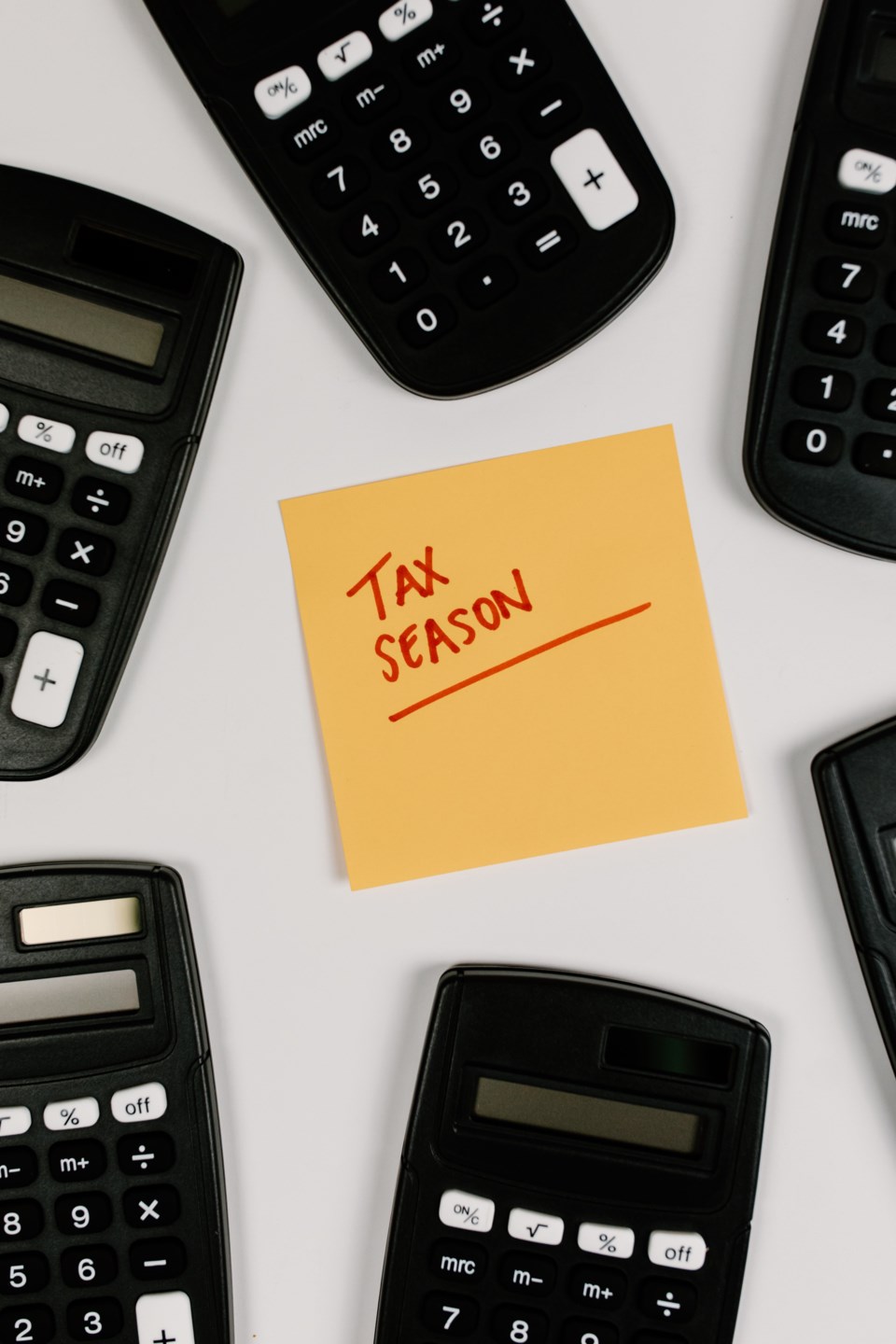New rules aimed at providing more transparency on beneficial ownership of assets now require that more trusts (and estates) file tax returns. These changes will catch many individuals and businesses that may not be aware of their trust-like relationships, exposing them to potential penalties and other consequences for non-compliance. The rules become effective in 2023, with a filing deadline of April 2, 2024.
Unexpected exposure – bare trust arrangements
The rules have been expanded to include cases where a trust acts as an agent for its beneficiaries, commonly known as a bare trust. In such instances, the person/entity listed as the owner of an asset is not the true beneficial owner; instead, they hold the asset on behalf of another party.
To determine if a bare trust arrangement exists, the following question should be asked:
• Is the person on title or holding the asset the true beneficial owner? For example, do they get the benefits of the asset (such as sale proceeds) and bear the costs or risks of the asset (such as property taxes)?
While there are countless possibilities of bare trust arrangements, the following lists some common potential examples.
Individual Reasons
• a parent is on the title of a child’s home (without the parent having beneficial ownership) to assist the child in obtaining a mortgage;
• a parent or grandparent holds an investment or bank account in trust for a child or grandchild;
• one spouse is on the title of a house or asset although the other spouse is at least a partially beneficial owner;
Estate Planning Reasons
• a child is on the title of a parent’s home (without the child having beneficial ownership) for probate or estate planning purposes only;
• a child is on the parent’s financial accounts (or other assets) to assist with administration after the parent’s passing;
By adding the adult child as a joint owner of bank accounts or the family home, the parent has likely created a bare trust. The adult child is the trustee. The parent is the settlor and sole beneficiary. The adult child’s only function is to hold legal title to the property and can take no action about the property without instructions from the parent as the beneficial owner of the property. The parent, as the beneficial owner, retains the right to control and direct the adult child in all matters related to the property. For example, if the parent directs that the family home be sold to a third party, the adult child’s sole duty is to convey legal title to the family home, by the instructions provided by the parent. The net sale proceeds arising from the sale of the family home would be entirely for the benefit of the parent.
Business Administration Reasons
• a corporate bank account is opened by the shareholders with the corporation being the beneficial owner of the funds;
• a corporation is on title of an individual’s real estate, vehicle or other asset, and vice-versa;
• assets registered to one corporation but beneficially owned by a related corporation;
• use of a nominee corporation for real estate development purposes;
• a partner of a partnership holding a bank account or asset for the benefit of all the other partners of a partnership;
• a joint venture arrangement where the operator holds legal title to development property as an agent for the benefit of other participants;
• a cost-sharing arrangement where a person holds a business bank account, or other assets, to facilitate the arrangement while having no, or only partial, beneficial interest in these shared assets;
After determining that a bare trust arrangement exists, it is important to determine whether an exception from filing a trust return is available.
Some of the more common exceptions include the following:
• trusts in existence for less than three months at the end of the year;
• trusts holding only assets within a prescribed listing that is very restrictive (such items in the listing include cash and publicly listed shares) with a total fair market value that does not exceed $50,000 at any time in the year;
• trusts required by law or under rules of professional conduct to hold funds related to the activity regulated thereunder, excluding any trust that is maintained as a separate trust for a particular client (this applies to a lawyer’s general trust account, but not specific client accounts); and
• registered charities and non-profit clubs, societies, or associations.
A trust return must be filed if one of the exceptions is not met. Even where one of the new exceptions is met, a trust would still have to file a return if they had to file under the prior rules, such as the trust having taxes payable or having disposed of capital property.
Where a trust is required to file a tax return, the identity of all the trustees (who is on the title or holds the asset), beneficiaries (who owns the asset), settlors (who owned the asset originally) and anyone with the ability to exert influence over trustee decisions regarding the income or capital of the trust must be disclosed.
Such required information includes:
• name;
• address;
• date of birth (if applicable);
• country of residence; and
• tax identification number (e.g. social insurance number, business number, trust number).
Obtaining this information proactively is especially helpful, particularly if those involved are no longer in close contact.
CRA is still in the process of getting all the information out so please talk to your accountant, ask questions and see if you are required to file.




